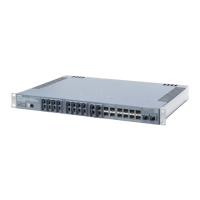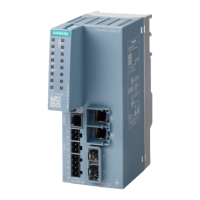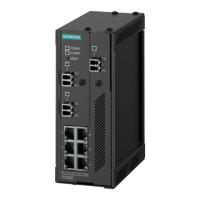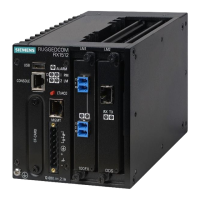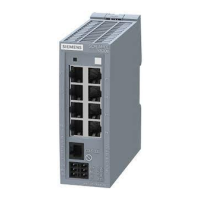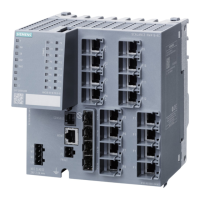Configuration and operation
5.7 Types of transmission, event classes, triggers
CP 1243-1 DNP3, CP 1243-1 IEC
40 Operating Instructions, 02/2014, C79000-G8976-C312-02
The send buffer is the data buffer on the CP for storing the values of events. The send buffer
has a maximum size of 64000 events. The configured number of events is divided equally
among all configured and enabled communications partners. The "Data buffer size"
parameter for the size of the send buffer is described in the section Communication with the
CPU (Page 49).
The frame memory operates chronologically; in other words, the oldest frames are sent first
(FIFO principle). When the maximum number of events is reached and the frames could not
be sent, the oldest values are overwritten.
If a connection to a communications partner is interrupted, the values of the events are
retained in the buffer. When the connection returns, the buffered frames are sent.
With the DNP3 CP, additional conditions for sending the events can be specified:
● A maximum number of events in the send buffer, configurable for each event class.
● A configurable maximum storage period for events in the send buffer.
This configuration of these conditions is described in the section Ethernet interface (X1) >
Advanced options (Page 43).
Depending on your CP type, you have the following transmission types available:
●
The current value of the data point is entered in the image memory of the CP. New
values of a data point overwrite the last stored value in the image memory.
After being called by the communications partner, the current value at the time is
transferred.
●
The value is entered in the send buffer triggered as an event. If unsolicited transfer is
enabled by the master, the value is transferred unsolicited.
You will find details of the event classes in the following sections.
The type of transmission is specified for each data point in the data point configuration in
STEP 7 with the "Type of transmission" or "Event class" parameter.
Event classes for the DNP3 protocol
The process data of the various event classes is handled as follows:
●
Event class 1 / event class 2
Each value change is entered in the send buffer in chronological order.
The evaluation of the classification (1 or 2) must be handled by the master.
●
Only the current value at the time the trigger condition was met is entered in the image
memory and overwrites the last value stored there.
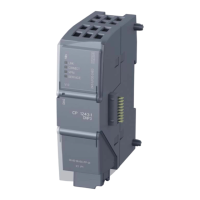
